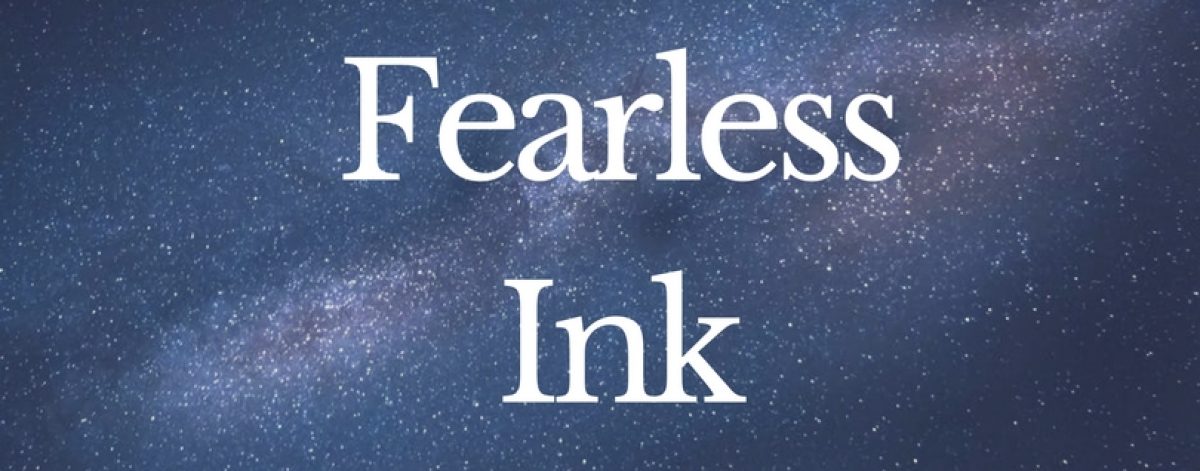
Every few weeks, there’s a flare-up about how getting paid for one’s work in the arts is “selling out” and that “real” artists in whatever the discipline should “do it for love, not money.”
Love doesn’t pay the rent or keep food on the table.
Then there are those who “invite” artists to participate in their project, for “exposure.”
As a good friend of mine once said, “People die of exposure. Give me the cash.”
This type of “artists don’t deserve to be paid” or “get a real job” or “art should be free and accessible to everyone, so artists shouldn’t want payment” bullies tend to fall into two camps. One camp is made up of the faction who has no problem profiting off art, but doesn’t want to pay the artist. The other camp is those who “would” make art “if they had time” or “if there was any money in it” or if they weren’t “such a perfectionist” or don’t have the courage to face the necessary rejection involved in being a working artist and therefore don’t believe anyone else should get paid for it.
Art should be accessible to everyone. Our souls require it. But that doesn’t mean artists should starve while corporations profit.
I’ve said it before and I’ll say it again: Loving my job does not mean I forfeit the right to get paid. Money and art are not mutually exclusive.
The fact that I consider it my profession doesn’t lessen my commitment. If anything, it strengthens it.
Creativity is a thriving business. Yes. A business. People make money at it. Broadway’s profit in the 2021 season was $845, 414, 945. Broadway is still recovering from Covid. Revenue in the 2018-19 season hit the record $1.829 BILLION. (Figures from thewrap.com, who get it from the Broadway League). According to the Hollywood Reporter, the film industry pulled in $21.3 BILLION dollars in 2021. According to statista.com, the global art market transactions added up to $65.1 BILLION dollars in 2021. The traditional publishing industry, according to AAP StatShot/pubishingperspectives.com, made $1.1 BILLION. The museum industry, which offers programs and artists across disciplines, made $15.4 BILLION dollars in 2021. According to the BBC, the music industry took in $25.9 BILLION dollars. According to the Arts Action Fund, here in my home state of Massachusetts, the arts and cultural sector portion of the state’s overall economy in 2019, pre-pandemic, was $25.5 BILLION dollars. That’s how much the arts brought in, as far as revenue, to the state.
Most of these figures are lower than pre-pandemic. There are also regional theatres, who are at various tiers, and have to re-think sustainable business practices as they re-open post-pandemic, small and independent publishers, the dance industry, and all the other art forms not listed.
SOMEONE is making money. And too many make money off the myth that in order to be an artist, the creator must starve. That is a myth sustained to exploit creators.
It SHOULD be the creators who profit, and, in disciplines that need tech and editors and other support people, everyone involved should be paid a living wage.
The attitude that artists sell out when they are paid for their work while those who underpay and overwork artists make sums of money that could solve world poverty is destructive.
Creativity IS a business.
Artists should not starve, do not deserve to starve, deserve to be paid a living wage for their work, and royalties/residuals on work that continues to bring in revenue, and should not have to work jobs outside of their profession to survive. The same way the plumber, the doctor, the lawyer does not have to work in jobs outside of their profession to survive.
Artists also need to stop allowing non-artists to condescend and patronize that they are “flakey artists” and don’t have the capacity for business. Artists are capable of creating, solving problems, fixing things, stretching budgets, and repurposing the most mundane objects to transform them into creations of beauty. Artists are able to stimulate, provoke, engage, enchant, and connect on an intimate level, challenging their audiences to a greater understanding of humanity and complexity.
Which is why artists are a threat to small-minded, authoritarian-leaning, exploitative control freaks.
The first step artists need to take is to believe in their own value. Each artist’s voice is unique in the world, and each voice has something of use and purpose.
Once artists know their own value, then they can learn how to position it in the marketplace.
Another thing artists need to do is to set the boundary, and dig into the fact that “No” is a complete sentence.
Every potential project needs to fit criteria unique to each artist:
–Does it encourage growth in the artist?
–Does it encourage engagement with its audience?
–How does it fit into the overall body of the artist’s work?
–What bridge does this build, in terms of new audiences and opportunities?
–What sacrifice does it require on behalf of the artist’s investment of time, creativity, relationships? In other words, will the project be worth it? While not everything can be calculated in financial terms, those need to be part of the equation. Should an artist choose to do something without financial compensation, there must be other compensations beyond “exposure” and “you should be grateful I’m asking you to work for free.” There’s no rule about never working for free, unless an individual chooses to live by that rule. But make sure that working without financial compensation has benefits beyond being told it should make you feel good.
–What support systems does this project require? How will they be put in place? How much of the emotional labor is the artist’s, and where are there systems, organizations, and other personnel who can help?
–What other opportunities must be missed in order to accept this one?
Individuals will have different lists of needs, but creating that list for oneself, and then making sure that a new project/opportunity weighs in more positively than negatively against the individual list will allow better working situations, more creativity, and stronger building blocks.
There are times relationships will be lost. Jealousy, envy, pettiness, sabotage, disrespect, and rejection are all part of an artist’s life. How the individual chooses to handle each instance have a lot of to do with how an artist builds a career.
As far as business-related skills, arts advocacy organizations are likely to offer workshops on the business skills needed to support one’s life in the arts. Assets for Artists, in the area where I now live, offers free professional development workshops for artists covering business and finance. Creative Capital offers workshops for managing the business side of one’s career. Spend some time researching, and find out what’s available in your area.
Artists are capable of critical thinking, or they wouldn’t be able to create. These critical thinking skills can be useful in figuring out how to apply business skills in the arts. For instance, I recently read Laura Eigel’s VALUES FIRST: HOW KNOWING YOUR CORE BELIEFS CAN GET YOU THE CAREER AND LIFE YOU WANT. It’s geared toward corporate leaders. Yet there were techniques and exercises and suggestions that are useful in arts-related situations.
Break that mythological barrier that artists “can’t” understand business because they’re too flighty, and that those skilled in business lack creativity. I’m grateful for the art of the accountant – those accountants have a passion for what they do, so I don’t have to. I can learn the basics of keeping my financials in good shape, and then turn it over to a professional who loves their job (AND IS PAID FOR IT, and no one ever questions that an accountant should be paid). I know when to bring in someone with more skills than mine, and that’s part of the business of art, too. Bring in the right people to do the work.
People are human. They make mistakes. Hopefully they learn, and they try to do better going forward, and demonstrate that effort through positive action and words. The arts teach us about facets of human experience we might not have, and might not yet understand. That is part of makes it both wonderful and dangerous.
Remember: individuals within corporate entities that have clout in the industry are making huge sums of money. Many of those individuals make huge sums of money while trying to pay the creators and craftspeople less for each project, while they continue to make higher profits.
The Trickle-Down Economy has always been a myth to keep people overworked and underpaid, in order to keep them under control, desperate, and helpless. Art is a way to navigate through and learn how to create a better world through beauty, empathy, understanding, bearing witness to injustice, and daring to dream a better world. It makes sense that those making the most money want to sell the anti-artist myths as broadly as possible, to keep control.
Don’t let them.
The first step to creating that better world is knowing your own value in it, and not letting anyone undervalue you, on emotional or financial levels.









